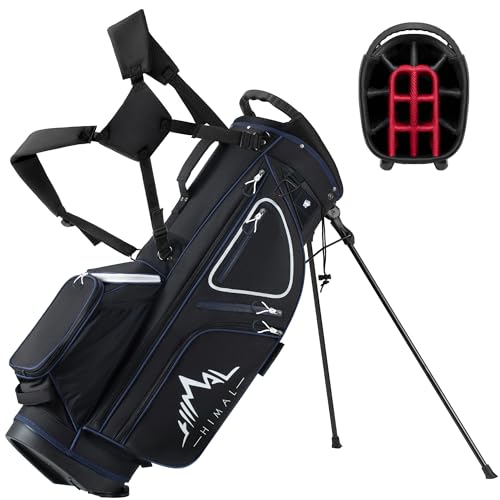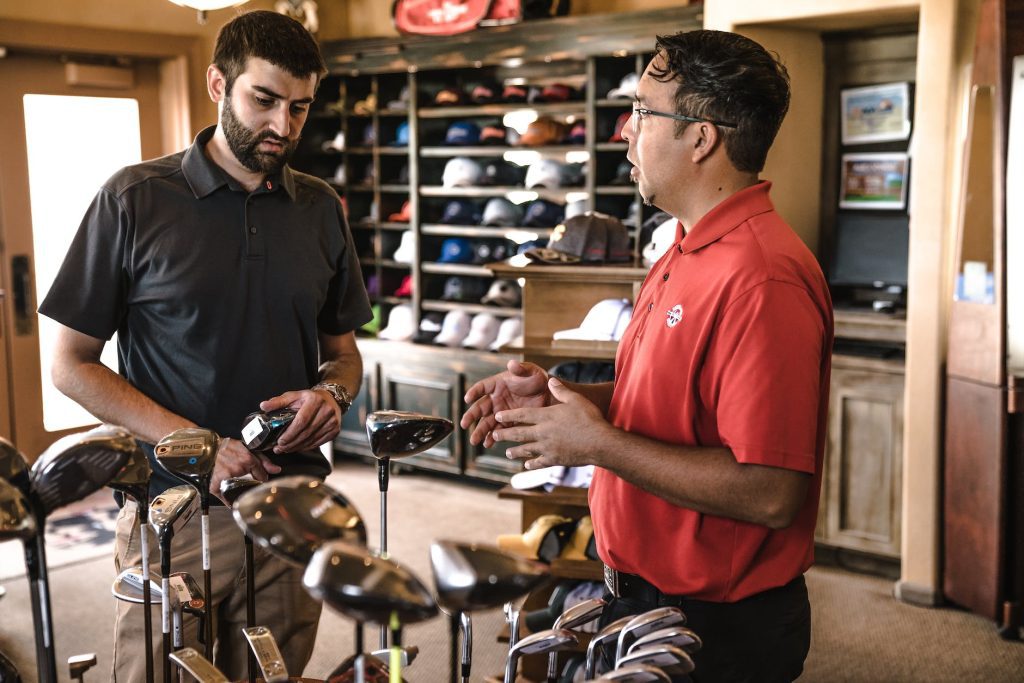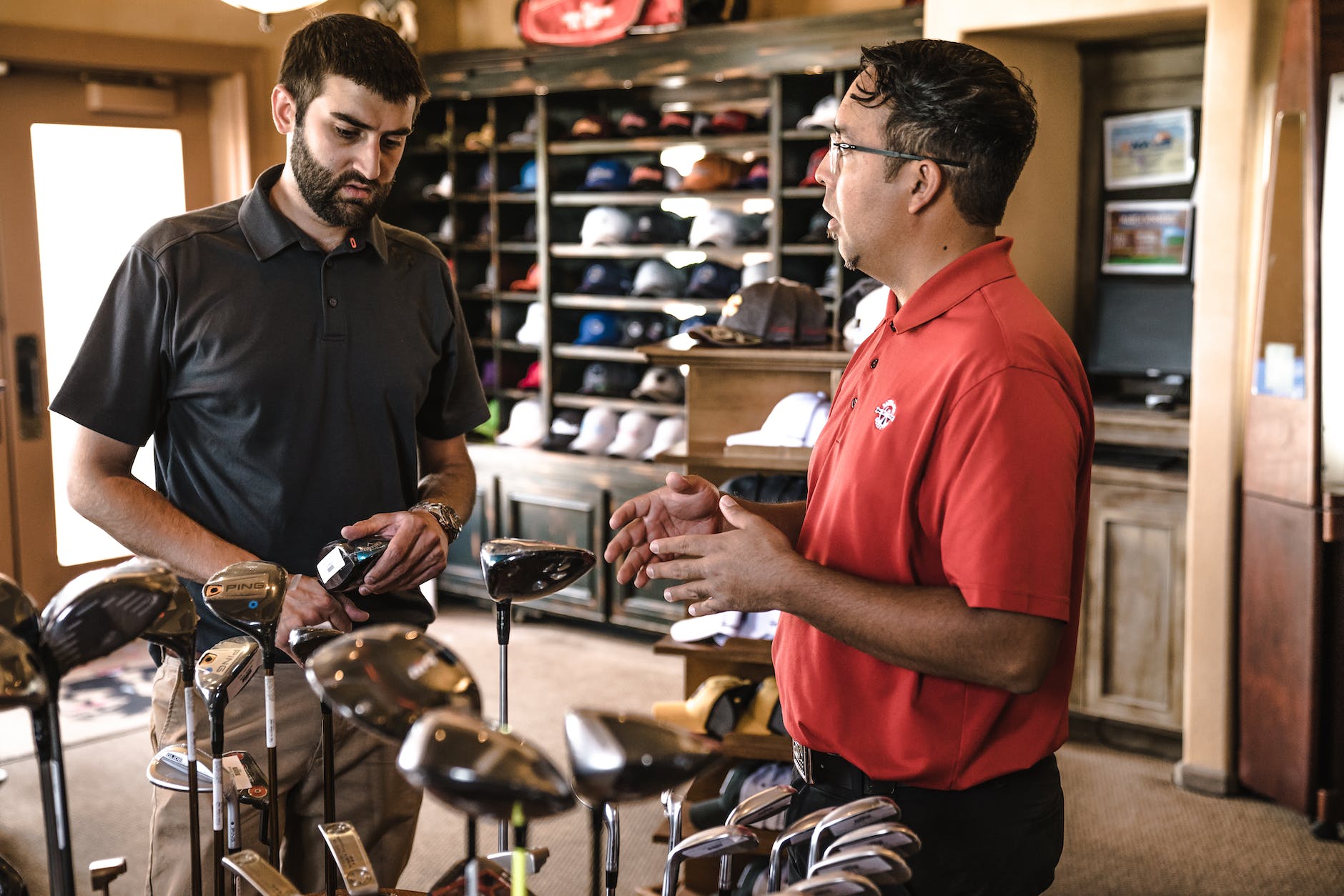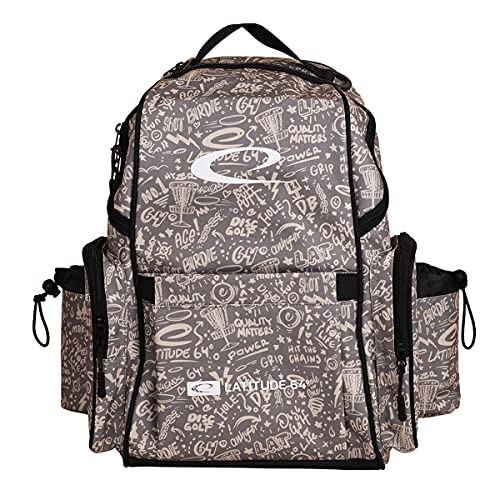How to Wrap Golf Clubs for Flying?
To wrap golf clubs for flying, secure a padded golf club case and wrap each club in a protective cloth or bubble wrap before placing them in the case.
Preparing Golf Clubs For Flying
If you’re flying with your golf clubs, it’s crucial to know how to wrap them for protection. Follow these steps to ensure your clubs arrive in perfect condition: secure the heads with covers, use bubble wrap or towels for cushioning, place them in a sturdy golf travel bag, and add a layer of plastic or cardboard around the bag for extra stability.
Flying with your golf clubs can be an exciting experience, but it’s essential to take the necessary steps to ensure they arrive at your destination safely. Preparing your golf clubs for flying involves choosing the right golf club travel bag, protecting the clubheads, and securing the clubs. Let’s explore each of these aspects in detail to make sure your clubs are well-prepared for the journey ahead.
Choosing The Right Golf Club Travel Bag

When it comes to flying with golf clubs, selecting the right travel bag is crucial. The bag you choose should provide sufficient protection for your clubs while being lightweight and easy to maneuver. Opt for a bag specifically designed for golf club transportation, such as a hard case or padded soft case. These bags offer sturdy construction and padding to safeguard your clubs from any potential damage during transit.
Protecting The Clubheads
The clubheads are the most vulnerable part of your golf clubs during travel. To protect them, remove any detachable clubhead covers and store them separately in a secure compartment of your golf bag. To provide an extra layer of protection, wrap the clubheads individually with soft towels or bubble wrap. This precautionary measure will prevent them from scratching against each other and minimize the risk of any dents or dings occurring during the flight.
Securing The Golf Clubs

Ensuring that your golf clubs are securely packed will prevent them from moving and shifting during the flight. Begin by arranging the clubs in the bag in the same order you use them on the course. This method will make it easier for you to locate and organize your clubs upon arrival. Once the clubs are in the bag, use golf towels or clothing to fill any gaps between them, ensuring that they are snug and immobile.
To provide additional support, consider using club protectors or stiff foam pipe insulation that can be cut to fit the length of your clubs. Insert these protectors into the bag to provide stability and prevent clubheads from dislodging during handling. Finally, secure the zippers or fastenings of your golf travel bag to ensure nothing comes loose during transit.
By taking these simple precautions while preparing your golf clubs for flying, you can minimize the chances of damage and ensure they arrive at your destination ready for your next round. Packing your clubs in a suitable travel bag, protecting the clubheads, and securing them properly are essential steps for every golf enthusiast flying with their beloved clubs.
Wrapping Golf Clubs In A Golf Club Travel Bag
When it comes to traveling with your golf clubs, proper packaging is key to ensure they arrive at your destination undamaged. Wrapping your golf clubs in a golf club travel bag is a smart choice as it provides a convenient and protective solution. In this blog post, we will guide you through the process of organizing your golf clubs in the bag, using golf club head covers, and adding extra padding and protection.
Organizing The Golf Clubs In The Bag
Properly organizing your golf clubs in the travel bag not only maximizes space but also minimizes the risk of damage. Follow these simple steps:
- Start by removing any loose items from your golf bag, such as tees, balls, or accessories.
- Arrange your clubs in a logical order, usually from longest to shortest club.
- Securely fasten the clubheads together using a twist tie or a rubber band. This prevents them from moving around during transport.
- Place the clubhead end of the clubs into the bag first, ensuring they are snugly fit.
- If your bag has compartments or dividers, make use of them to keep your clubs separated and organized.
- Finally, zip up the bag and make sure it is securely closed before heading to the airport.
Using Golf Club Head Covers
A golf club head cover is an essential accessory for protecting your clubheads from scratches and dings. Follow these tips when using head covers:
- Ensure each club has its own head cover and use the appropriate cover for each club.
- Before placing the cover on, make sure the clubhead is clean and dry to avoid any moisture build-up.
- Gently slide the head cover over the clubhead, ensuring it fits snugly.
- If your travel bag doesn’t have individual slots for clubheads, you can keep the head covers on the clubs to provide an extra layer of protection.
Adding Extra Padding And Protection
To further safeguard your golf clubs during transit, consider adding extra padding and protection. Here are some suggestions:
- Wrap towels or bubble wrap around the clubheads to absorb any impact and prevent potential damage.
- Place socks or cloth between the clubheads to prevent them from rubbing against each other.
- If your bag doesn’t offer sufficient cushioning, insert a pool noodle or pipe foam insulation along the sides of the bag for added protection.
By wrapping your golf clubs in a golf club travel bag, organizing them properly, using head covers, and adding extra padding, you can ensure they arrive at your destination safe and sound, ready for a great round of golf!
Tips For Safe Transportation Of Golf Clubs
Looking for tips on how to wrap your golf clubs for flying? Follow these guidelines to ensure safe transportation of your clubs without any damage.
When it comes to flying with your golf clubs, it’s crucial to take the necessary precautions to ensure their safe transportation. The last thing you want is to arrive at your destination only to find your prized clubs damaged or broken. By following these simple tips, you can avoid any potential mishaps and enjoy worry-free travel with your golf gear.
Checking The Airline’s Baggage Policies
Before you pack your golf clubs for your next golfing getaway, it’s important to take a close look at the baggage policies of your chosen airline. Each airline has its own rules and regulations when it comes to carrying sports equipment, so make sure you are well-informed prior to your departure. Some airlines may require you to pay an additional fee or adhere to specific guidelines, such as using a particular type of golf club travel bag. By familiarizing yourself with the airline’s policies beforehand, you can avoid any unpleasant surprises at the check-in counter.
Labeling The Golf Club Travel Bag
To minimize the chances of losing or misplacing your golf clubs during transit, it’s essential to label your golf club travel bag properly. Attach a durable luggage tag with your contact information securely to the bag. Additionally, consider using a brightly colored luggage strap or ribbon to make your bag easily identifiable on the airport carousel. Taking these simple labeling measures can help ensure that your golf clubs stand out from the rest and make their way back to you in case of any mishandling or mix-ups.
Keeping Important Golf Accessories With You
Although your golf clubs are the main focus when it comes to flying with golf equipment, it’s equally important not to forget about your other valuable golf accessories. Keep items such as your golf shoes, gloves, and rangefinder with you in your carry-on or personal item. This way, even if your checked bag gets lost or delayed, you can still hit the links without any major setbacks. By having your essential golf accessories on hand, you can ensure that your golfing experience remains hassle-free, regardless of any unforeseen circumstances.
To sum it up, when it comes to flying with your golf clubs, taking the necessary precautions is key to their safe transportation. Familiarizing yourself with the airline’s baggage policies, properly labeling your golf club travel bag, and keeping important golf accessories with you will help ensure that your golfing getaway goes as smoothly as possible. Happy travels and happy golfing!
Frequently Asked Questions On How to Wrap Golf Clubs for Flying
Faq 1: How Do You Protect Golf Clubs When Flying?
To protect your golf clubs when flying, use a padded golf travel bag or a hard-shell case. Remove the heads of your clubs and cover them with headcovers. Place towels or clothes between the club heads and the shafts to prevent damage.
Secure the clubs tightly inside the bag and consider adding extra padding for added protection during transit.
Faq 2: Can I Bring My Golf Clubs As Carry-on Luggage?
Most airlines treat golf clubs as regular checked baggage rather than carry-on items. However, it’s best to check with your specific airline regarding their policies and any additional fees that may apply. Some airlines may allow you to carry them on board, but this is typically at the discretion of the flight crew.
Faq 3: How Should I Pack My Golf Clubs For Air Travel?
When packing your golf clubs for air travel, use a golf travel bag or a hard-shell case. Remove any loose accessories from the bag and secure them separately. Place your clubs in the bag, ensuring they are tightly secured. Fill any unused space with towels or clothes for added padding and protection.
Remember to label your bag with your contact information.
Faq 4: What Should I Do If My Golf Clubs Get Damaged During A Flight?
If your golf clubs get damaged during a flight, immediately report the damage to the airline’s baggage service office before leaving the airport. Provide a detailed description of the damage and any supporting documentation, such as photos. The airline will guide you through their claims process, which may include repair or replacement options.
Conclusion
Overall, wrapping your golf clubs for flying is a crucial step to ensure their safety. By following the proper techniques and using the right materials, you can protect your clubs from any potential damage during transportation. Remember to focus on securing the clubheads, using padding for extra protection, and keeping everything snugly packed.
With these tips in mind, you can embark on your golf getaway worry-free, knowing that your clubs are well-prepared for the journey ahead. Happy travels and happy golfing!

Hi myself Taqi. My fashion isn’t a trend; it’s a personal manifesto, blending elegance with audacity.










One Comment